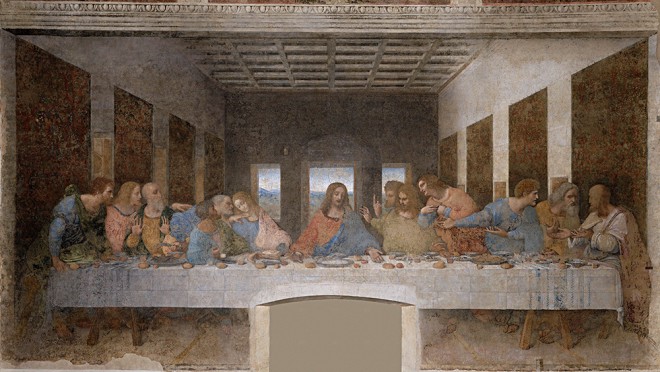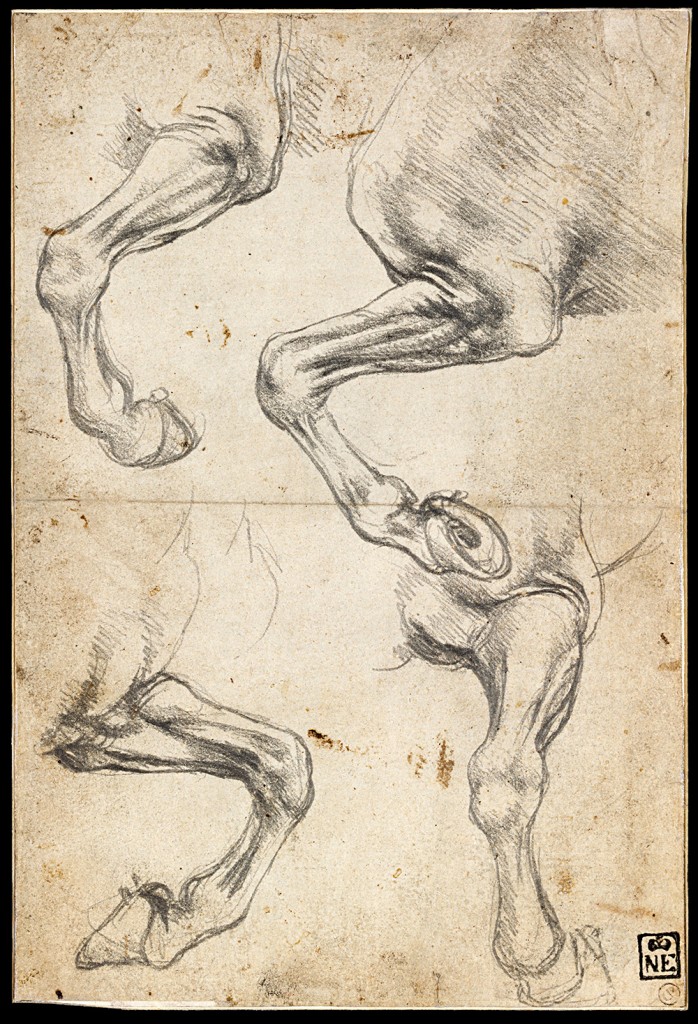Leonardo da Vinci Expositions: Part II

Despite the great number of exhibitions honoring the 500th anniversary of Leonardo da Vinci’s death, the main art events will be held in Milan. The Italian master spent the most productive 18 years of his life here. In Milan, he created such legendary paintings as “The Last Supper” and “La belle Ferronnière,” and continued to work on “La Gioconda.”
In mid-May, the Castello Sforzescoa will open the Leonardo da Vinci exposition titled “In the shadow of the Moro” (open until January 12, 2020). It will take place in the Room of the Wooden Boards, where the walls and ceiling preserved paintings by Leonardo and his disciples, depicting the intertwined branches of trees.
Palazzo Reale Milano will hold the Leonardo da Vinci exposition called “The Magical World of Nature” (open until July 14), which will include 20 paintings by artists of da Vinci’s era featuring the flora and fauna of Lombardy. In October, the institution will welcome a rare exhibit from the Vatican Museums – a copy of “The Last Supper.” This religious art piece was woven with silk and silver in 1505-1510 for Louise of Savoy and Duke Francis of Angoulême, the future King Francis I. The tapestry has been restored and will be shown to the public for the first time.
The Pinacoteca Ambrosiana has prepared for the anniversary as well, opening the Leonardo Hall with a magnificent fresco by Bernardino Luini “Christ Crowned with Thorns” and “Portrait of a Musician” by the Renaissance master himself to visitors.
The leading museums of the XIX–XX centuries’ art and modern art decided to make their contribution to the celebration by collecting the art pieces and drawings by da Vinci. Thus, the Museo del Novecento shows the Leonardo da Vinci exposition titled “Lucio Fontana. Tribute to Leonardo” held from June 14 to September 15.
However, it is not a complete program of da Vinci’s anniversary celebrations. Besides Milan art galleries and historical museums, any interested person can visit some of “Leonardo’s places” in Milan and its surroundings. Thus, a stone’s throw from the Church of Santa Maria delle Grazie is the Renaissance palace Casa Degli Atellani. History says that in 1498, when Leonardo was finishing working on “The Last Supper,” the duke gave him a vineyard that existed for several centuries, completely disappearing after the bombing of Milan in 1943. Nevertheless, three years ago, archaeological excavations were initiated at the proposed site of the vineyard. The archaeologists found the roots of Leonardo’s grape bushes identified by DNA analysis. The vineyard was reconstructed, and now it is open to the public.


